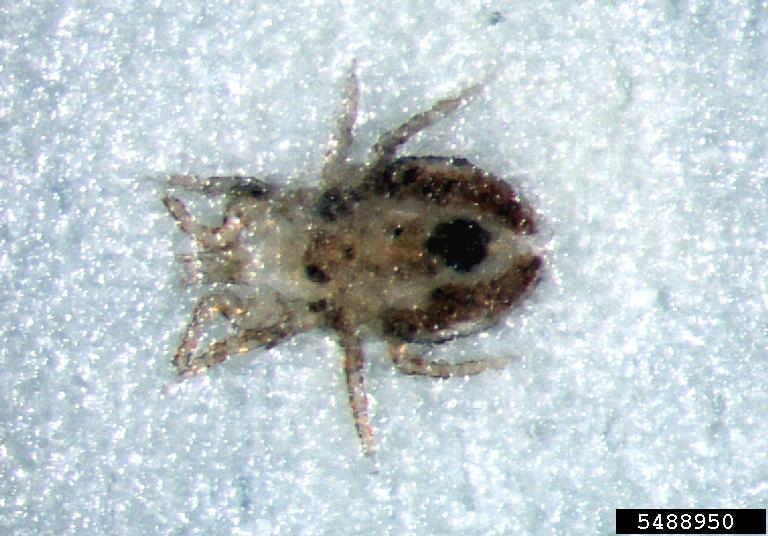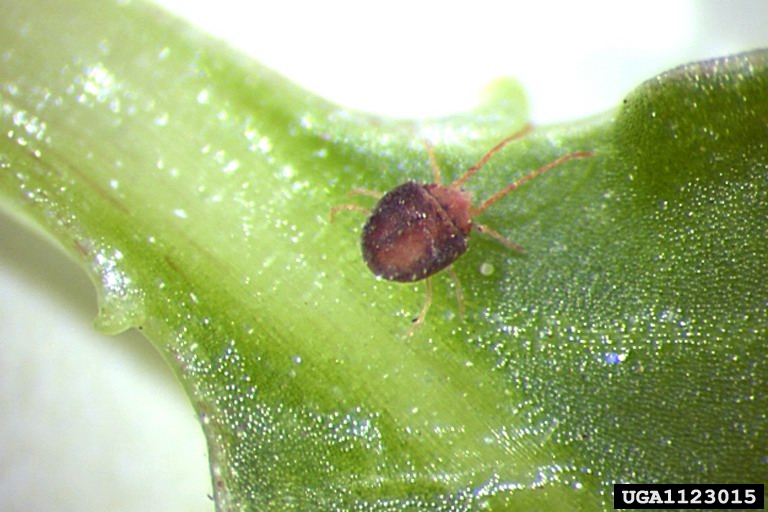Identifying & Controlling Mite
Home / PESThomeowners essential information


Source
Bird Mite
Source
Clover MiteIdentifying mites can be challenging, as there are over 48,200 known species, and new species are frequently discovered. However, The key things to look is they have sac-like bodies, unlike the segmented bodies of scorpions. Many mites use their first pair of legs like antennae, feeling in front as they walk along. Their leg hairs have diverse purposes, such as sensing touch, picking up odors, or even having light-sensing cells to distinguish light from dark.
Most common types
Understanding how mites can infiltrate your home is the first step in effectively controlling and preventing infestations
- Human Itch or Scabies Mites: These mites burrow into the skin and cause intensely itchy rashes.
- House Dust Mites: These microscopic mites thrive in warm, humid environments and feed on dead human skin cells, accumulating in carpets, bedding, and other household items. They are a common cause of allergic reactions.
- Bird Mites: These mites live in bird nests and can invade homes when they leave bird nests on the exterior of the building, such as on ledges, air conditioners, or other nesting spots.
- Varroa Mites: These mites are parasites of both wild and domestic honeybees, feeding on the bees' bodily fluids. They can devastate bee colonies.
- Clover Mites: These mites have a bright to dark red color and long front legs. They are known to invade homes, especially near building foundations, entering through cracks and crevices.
If you are unable to identify a specific mite, it's best to collect a sample and have it inspected by a pest management specialist or university diagnostic lab. Accurate identification is crucial for effective control and management.
Mites Diet depending on their species
The diet of mites is closely tied to their specific species and habitat, with most feeding on organic materials, blood, or plant juices.
- House Dust Mites: Feed on dead human skin cells and other organic matter in household dust.
- Bird Mites: Feed on the blood and bodily fluids of birds, living in bird nests.
- Varroa Mites: Feed on the body fluids of honey bees, sucking out fluid from bee grubs in the nest.
- Itch or Scabies Mites : Burrow into the skin and feed on the skin cells and fluids of their human hosts.
- Clover Mites: Feed on plants, primarily on the juices from clover and grasses, which is how they get their name.
Facts on mite infestations
Mites may move from their outdoor habitats into the interior of the home, seeking shelter and food sources. They can enter through cracks, crevices, and other openings, and then establish themselves in wall voids, carpets, and other favorable environments.
- Warm, sunny areas near building foundations and on the south side of structures can create optimal temperature conditions for mite development and activity.
- The conditions that support mite populations include warm, humid environments, the presence of bird nests, and the availability of cracks and crevices that allow entry into the home.
- Bare soil and newly seeded lawns lacking shade and predatory insects can also encourage the buildup of clover mite infestations.
By understanding how mites can infiltrate homes and the environmental factors that promote their populations, homeowners can take proactive steps to prevent and control mite infestations.
Effectively get rid of mites (DIY)
1. Temporary Control Measures:
- Place a thin film of cooking oil on window sills to trap mites as a temporary control until pest management technicians arrive.
- Vacuum up any mites that are entering to immediately reduce the population. Use caution as sweeping or brushing can smear them.
2. Habitat Alteration
- Remove any bird nests on the exterior of the structure, as they can be a source of bird mites.
- Caulk any entry points into the structure to prevent mites from getting inside.
- Reduce humidity and vacuum frequently to eliminate favorable environments for house dust mites.
3. General-Use Spot Treatments
- Apply general-use spot treatments on surfaces with high mite activity, as the residue will continue to kill mites.
It's important to note that while these DIY methods can provide temporary relief, a comprehensive integrated pest management approach involving professional inspection, targeted pesticide application, and ongoing monitoring is recommended for effective and long-lasting control of mite infestations. 844-706-1321 .





